Content
Aspirin
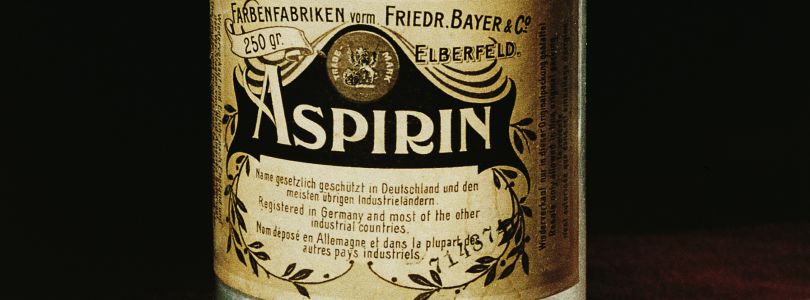
Probably the best known brand in medicine
It is more than 120 years ago now that the probably best known drug brand in the world was registered: Aspirin. The brand name, which was entered in the trademark register of the Kaiserliches Patentamt (Imperial Patent Office) in Berlin on 6 March 1899, has long since become an international generic term. Acetylsalicylic acid is effective against fever, pain and inflammation and is probably the best-selling medicine in history.
However, this anniversary marks only one milestone in a long history. Salicin, which is converted into salicylic acid in the body, is found in the bark of willows. Its therapeutic effect has been known since time immemorial. The progenitor of all physicians, Hippocrates of Kos, described it around 400 B.C. as a medicine against fever and pain; Teutons and Celts cooked a broth from willow bark as medicine.
Aspirin has many fathers
The centuries-old knowledge handed down was scientifically tested and confirmed for the first time in modern times in 1763 for the British Royal Society. In 1828 Johann Andreas Buchner and Pierre-Joseph Leroux isolated salicin from willow bark extracts.
Charles Frédéric Gerhardt synthesized acetylsalicylic acid in non-pure form in 1853 in Strasbourg; Hugo von Gilm won impure o-acetylsalicylic acid as a water-insoluble solid in 1859. In 1869 Karl Kraut investigated the experimental procedures of the two and improved the extraction process. And in 1874, Chemische Fabrik v. Heyden in Radebeul delivered salicylic acid as the world's first industrially produced and packaged drug.
Who "invented" aspirin?
However, salicylic acid has disturbing side effects such as stomach complaints, so that the decisive step towards a well-tolerated drug was still to be taken. This took place on 10 August 1897 in Wuppertal-Elberfeld: In the laboratory of the "Farbenfabriken vorm. Friedr. Bayer & Co." scientists succeeded for the first time in synthesizing o-acetylsalicylic acid from acetanhydride and salicylic acid.
This "invention" is mostly attributed (by Bayer, among others) to the chemist Felix Hoffmann (1868-1946). However, aspirin is more likely to have been the result of teamwork. Almost half a century later, Arthur Eichengrün claimed to have been the driving force behind the first chemically completely pure synthesis of acetylsalicylic acid (ASA) and the development of aspirin; Hoffmann merely implemented his instructions at the time.
(Co-) inventor in a concentration camp
Eichengrün made these claims for the first time in a letter to Bayer, which he wrote in the Theresienstadt concentration camp. The important chemist (he was involved in 47 patents, e.g. ![]() DE390840A,
DE390840A, ![]() US1175728A)) with Jewish roots had been abducted there by the Nazis in 1944. Until his death in 1949, Eichengrün insisted that his authorship was denied only because of his Jewish ancestry. For a long time, his claims were largely ignored. Only more recently did studies come to the conclusion that Eichengrün had indeed played the decisive role in the development of Aspirin ( e.g.
US1175728A)) with Jewish roots had been abducted there by the Nazis in 1944. Until his death in 1949, Eichengrün insisted that his authorship was denied only because of his Jewish ancestry. For a long time, his claims were largely ignored. Only more recently did studies come to the conclusion that Eichengrün had indeed played the decisive role in the development of Aspirin ( e.g. ![]() by Walter Sneader ). The story of the "lone inventor" Hoffmann is in any case no longer sustainable.
by Walter Sneader ). The story of the "lone inventor" Hoffmann is in any case no longer sustainable.
No German patent for Aspirin
But how big was the inventive step actually? Not big enough, the Kaiserliches Patentamt found and refused a patent in 1899. The complex background to this decision included the fact that Chemische Fabrik v. Heyden began marketing acetylsalicylic acid as a remedy in 1897, first under the chemical name and then under the trade name acetylin. In 1898, however, Felix Hoffmann succeeded in applying for a patent for aspirin in the United States ( ![]() US 644077); the following year Bayer applied for a patent in Great Britain (
US 644077); the following year Bayer applied for a patent in Great Britain ( ![]() GB 189909123A).
GB 189909123A).
Initially betting on the wrong horse
Another important protagonist was Heinrich Dreser (1860-1924), who had headed Bayer's Pharmacological Laboratory since 1897 and therefore received royalties on the German sales of aspirin - in contrast to Hoffmann and Eichengrün, who were left empty-handed. As their superior, Dreser probably played his part in Hoffmann's and Eichengrün's work; he also presented aspirin to the public for the first time pharmacologically. But Dreser long gave internal preference to another drug, which Felix Hoffmann had developed shortly before and which allegedly had fewer side effects, and pushed it onto the market as a cough suppressant: diacetylmorphine, better known under his brand name registered by Bayer: Heroin (word-picture mark DE 31650 of 16 May 1898, deleted).
Kurt Witthauer (1865-1911), senior physician at the Diakonissenkrankenhaus Halle/Saale, also played an important role. He conducted the first clinical study on the use of aspirin and published it in 1899.
Mechanism of action only clarified in 1971
These four men made decisive contributions to the establishment of aspirin. But they never understood it correctly. In 1971, John Robert Vane discovered that it inhibited the biosynthesis of prostaglandins and was later awarded the ![]() Nobel Prize in Medicine 1982).
Nobel Prize in Medicine 1982).
This discovery opened the doors for further exploration of the potential of ASS. Today, acetylsalicylic acid is on the World Health Organization's three times: as a non-opioid analgesic for mild pain and fever, as a remedy for acute migraine attacks and as a thrombocyte aggregation inhibitor for prophylaxis against strokes and heart attacks. Its effects and side effects continue to be intensively monitored and evaluated to this day.
Confiscation promotes mutation into a generic term
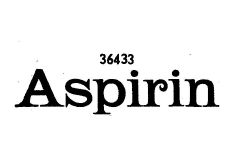
DE-Marke 36433, angemeldet 1899
The Aspirin brand has an eventful history: the trademark application at the Imperial Patent Office was followed by registration in numerous countries worldwide. But during the First World War, the trademark was confiscated or declared in the public domain in many countries against which Germany was fighting. Bayer later bought back some of these lost trademarks, a process that lasted until the 1990s.
But Aspirin had in any case become generic or synonymous with ASA drugs in the USA and other countries soon after it was seized and sold. With the help of numerous new product variants, Bayer continues to use its most famous brand very intensively, even after more than 120 years.
Pictures: Bayer AG, Bayer AG/Public domain, BayerAG/via Wikimedia Commons, via Wikimedia Commons, Public domain, DPMAregister
Last updated: 10 December 2025
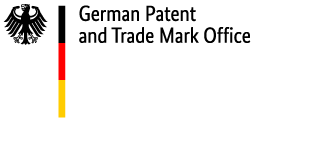
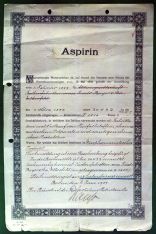
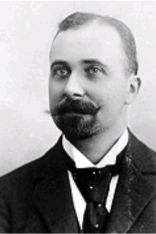
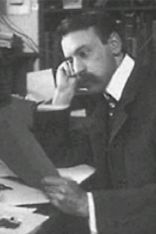


Not only protecting innovations
Social Media